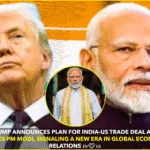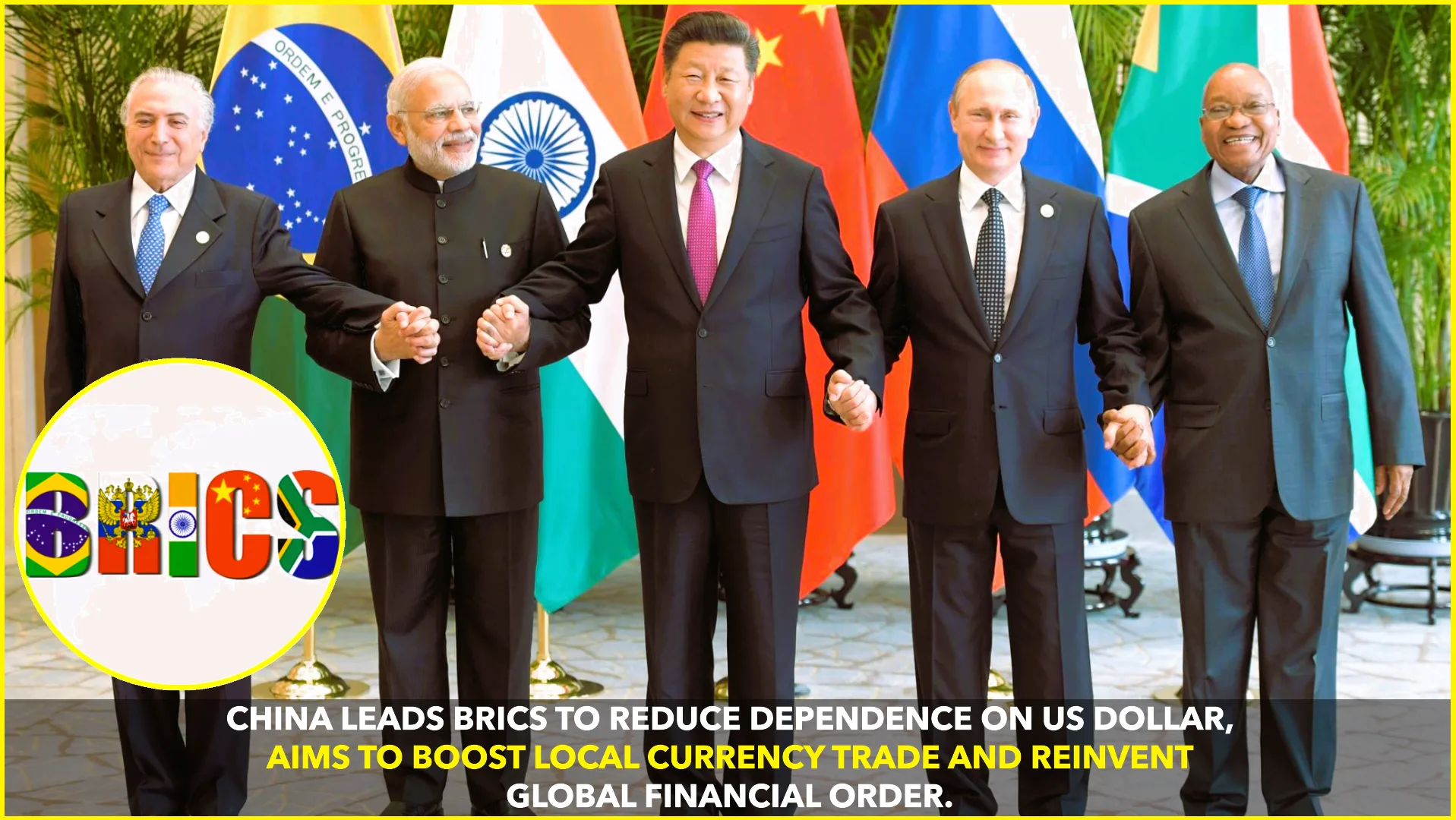In a move that could significantly shift the global financial landscape, China has called on BRICS nations—Brazil, Russia, India, China, and South Africa—to take coordinated steps toward reducing reliance on the US dollar. The announcement was made during a high-level economic forum in Beijing, where Chinese officials emphasized the need for a new global financial architecture that reflects multipolarity and economic sovereignty.
According to South China Morning Post and reports from Global Times, Chinese Vice Minister of Foreign Affairs Ma Zhaoxu said BRICS countries are preparing concrete plans to settle trade in local currencies instead of the US dollar. He added that developing a stronger BRICS financial network would be a central pillar of this strategy, aimed at reshaping the global trade system currently dominated by the dollar.
“The global financial system should not be monopolized by a single currency,” Ma stated, adding that “BRICS nations must take the lead in building a fairer, more inclusive international monetary system.”
This marks another major step in the bloc’s broader agenda of “de-dollarization,” a concept that has gained momentum following US sanctions against countries like Russia and Iran. These sanctions have exposed vulnerabilities in the dollar-dominated system and sparked a renewed push among emerging economies to seek alternatives.
At the 2023 BRICS Summit in Johannesburg, member countries had already agreed to explore the creation of a BRICS payment system and deepen bilateral trade using national currencies. This latest announcement from China indicates that those plans are now moving closer to implementation.
Economic Implications
Analysts suggest that the impact of such a shift could be profound. According to a report by Bloomberg, nearly 90% of global trade is currently invoiced in US dollars. If BRICS nations succeed in transitioning even a portion of their trade to local currencies, it could weaken the dollar’s dominance, lower transaction costs, and increase financial resilience among member nations.
“This could be the most serious challenge to the dollar’s supremacy since the Bretton Woods system,” said economist Richard Duncan.
India’s Role
India has so far taken a cautious approach. While supporting the idea of trade in local currencies, Indian officials have voiced concerns over liquidity, currency volatility, and global acceptance. However, India has already signed multiple bilateral agreements with countries like Russia, Sri Lanka, and the UAE to use the Indian Rupee for trade settlements, indicating a shift toward more diversified trade practices.
The Bigger Picture
The BRICS expansion earlier this year—bringing in countries like Saudi Arabia, Iran, Egypt, Ethiopia, and the UAE—has added economic heft to the bloc. These nations collectively account for more than 40% of the global population and over a quarter of global GDP.
With China pushing the envelope, and other members showing varying degrees of enthusiasm, the BRICS-led financial reform could signal the beginning of a new era in international trade—one less dependent on the greenback.
Challenges Ahead
Despite the optimism, experts caution that implementing a multi-currency trade system on such a scale will require robust infrastructure, trust, and political consensus. Exchange rate risk, inflation, and differing monetary policies remain major hurdles. Yet, with increasing geopolitical fragmentation, the momentum for such a change is stronger than ever.
As BRICS prepares for its next summit in Russia in 2025, all eyes will be on whether this ambitious plan turns into a functioning reality—or remains a geopolitical aspiration.
📰 Sources:
- South China Morning Post: https://www.scmp.com
- Global Times: https://www.globaltimes.cn
- Bloomberg: https://www.bloomberg.com










